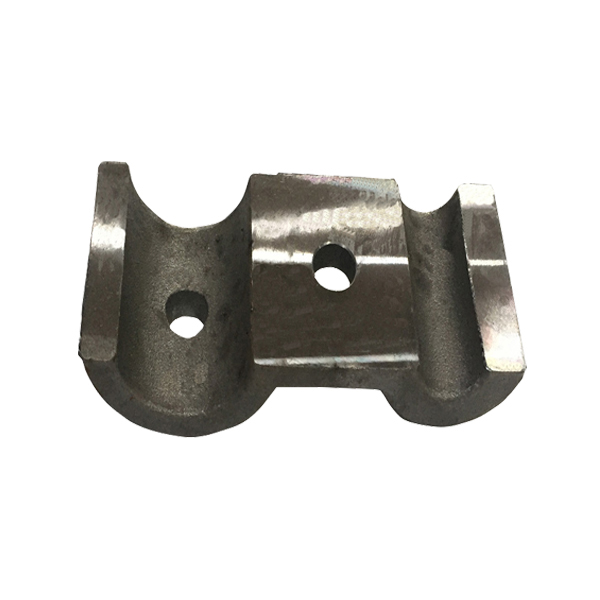

One of the main advantages of Lost Foam Casting is that it can produce complex and intricate shapes with high accuracy and surface finish. This process also eliminates the need for additional machining operations, reducing overall production time and cost. Lost Foam Casting can also produce larger castings with fewer parts and joints, resulting in stronger parts with less risk of failure. Another benefit of this process is that it eliminates the need for draft angles and parting lines, which can limit the design possibilities of other casting methods.
One of the main disadvantages of Lost Foam Casting is that it can be difficult to control the foam pattern's properties, such as its density and permeability. This can affect the final product's mechanical properties and can lead to variations in the casting dimensions and surface finish. Another issue with this process is that it can be difficult to recycle the foam, as it can release harmful emissions during the combustion process.
Lost Foam Casting can be used with a wide range of materials, including aluminum, iron, steel, and magnesium alloys. However, it is best suited for materials that have a low melting point and low density, as they can produce more accurate and consistent castings. Materials that are more difficult to melt, such as copper and bronze, may not be suitable for this process.
Lost Foam Casting is commonly used in the automotive, aerospace, and marine industries. It is also used in the production of complex industrial parts, such as pumps, gearboxes, and compressors. This method is particularly useful for producing large structural parts that require high strength and rigidity, such as engine blocks and cylinder heads.
In conclusion, Lost Foam Casting is a versatile and efficient casting method that can produce high-quality parts with complex geometries and tight tolerances. While it has some limitations and challenges, the advantages of this process make it an increasingly popular option for a wide range of industries and applications.
Ningbo Yinzhou Keming Machinery Manufacturing Co., Ltd. is a company that specializes in Lost Foam Casting and other casting methods. They provide high-quality casting services and custom solutions to meet their clients' specific needs. If you're interested in their services or have any questions, feel free to contact them at sale@nbkeming.com.
Wu, W., Li, P., Zhao, Y., Jin, T., & Zhang, H. (2020). Microstructure and mechanical properties of lost foam casting magnesium alloy. Materials & Design, 188, 108408.
Zhang, F., Que, W., Wang, X., & Zhao, Y. (2018). Numerical simulation and experimental verification of lost foam casting for thin-walled aluminum parts. International Journal of Advanced Manufacturing Technology, 96(5-8), 2527-2538.
Liu, Y., Gao, L., Liu, X., & Jiao, Z. (2015). Numerical simulation of mould filling and solidification of lost foam casting. Journal of Materials Processing Technology, 219, 234-239.
Santhira Babu, T. G., Muthupandi, V., & Sivashanmugam, P. (2014). Performance evaluation of lost foam casting for producing intricate aluminium alloy parts. International Journal of Automotive and Mechanical Engineering, 9, 1556-1567.
Xu, X., Liu, Z., Zhang, Z., & Huang, G. (2013). Design of gating system for lost foam casting of a complex aluminum alloy casting. Journal of Materials Processing Technology, 213(10), 1793-1804.
Wang, Y., Wang, Y., Zhang, Q., Xu, W., & Shi, R. (2012). Numerical and experimental investigation of gas porosity in lost foam casting aluminum alloy. Transactions of Nonferrous Metals Society of China, 22(4), 833-839.